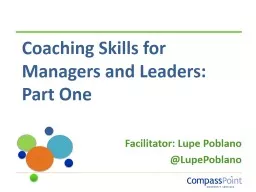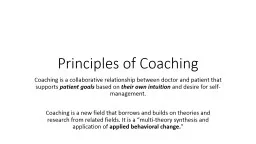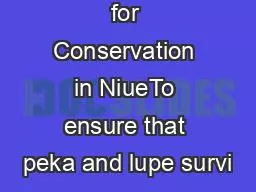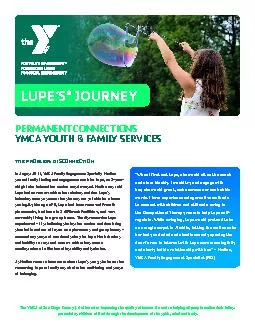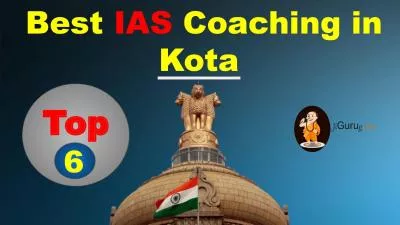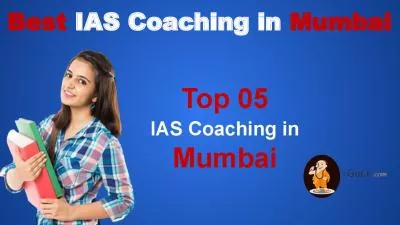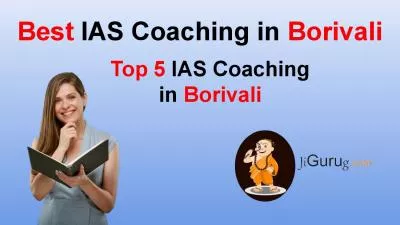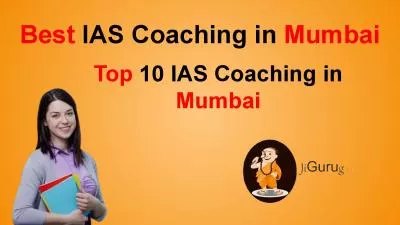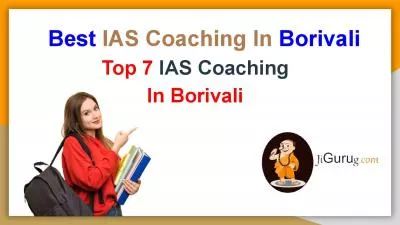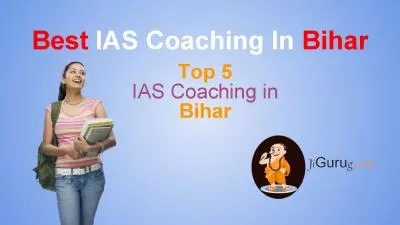PPT-Coaching Skills for Managers and Leaders: P a rt One Facilitator: Lupe Poblano
Author : tatyana-admore | Published Date : 2019-11-06
Coaching Skills for Managers and Leaders P a rt One Facilitator Lupe Poblano LupePoblano Definition of Words Logistics Name tags Tent cards Sign In Coffee and water
Presentation Embed Code
Download Presentation
Download Presentation The PPT/PDF document "Coaching Skills for Managers and Leaders..." is the property of its rightful owner. Permission is granted to download and print the materials on this website for personal, non-commercial use only, and to display it on your personal computer provided you do not modify the materials and that you retain all copyright notices contained in the materials. By downloading content from our website, you accept the terms of this agreement.
Coaching Skills for Managers and Leaders: P a rt One Facilitator: Lupe Poblano: Transcript
Download Rules Of Document
"Coaching Skills for Managers and Leaders: P a rt One Facilitator: Lupe Poblano"The content belongs to its owner. You may download and print it for personal use, without modification, and keep all copyright notices. By downloading, you agree to these terms.
Related Documents

